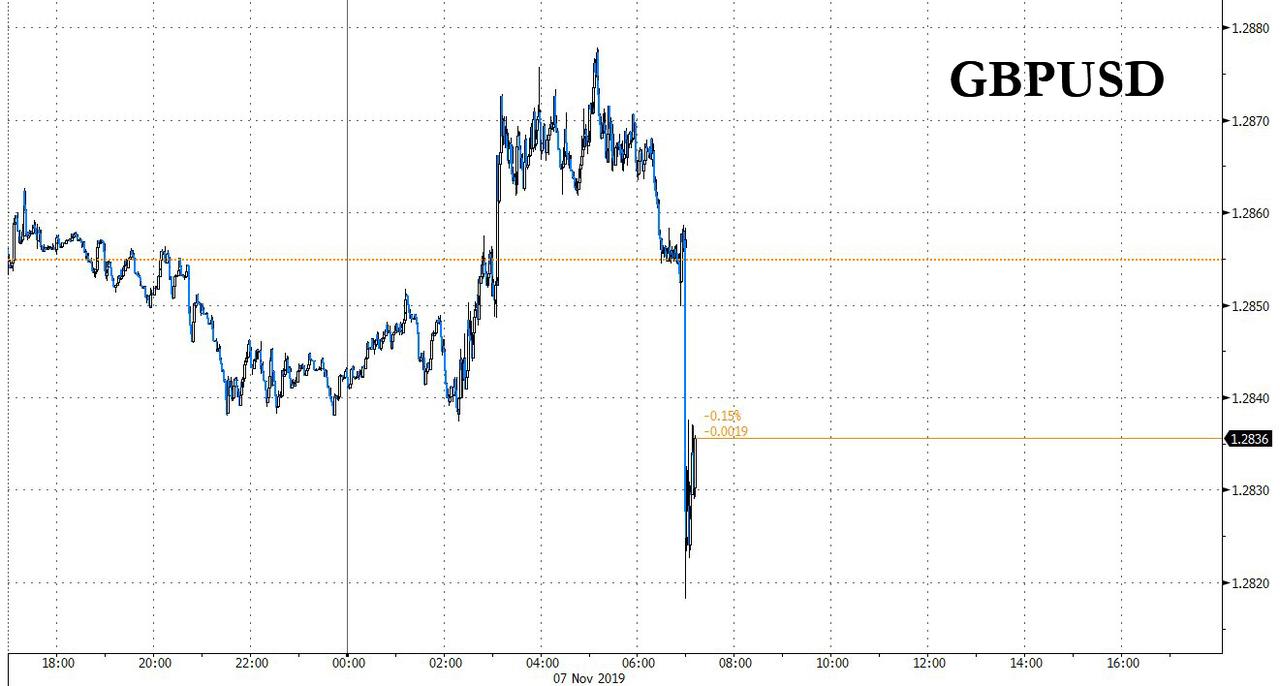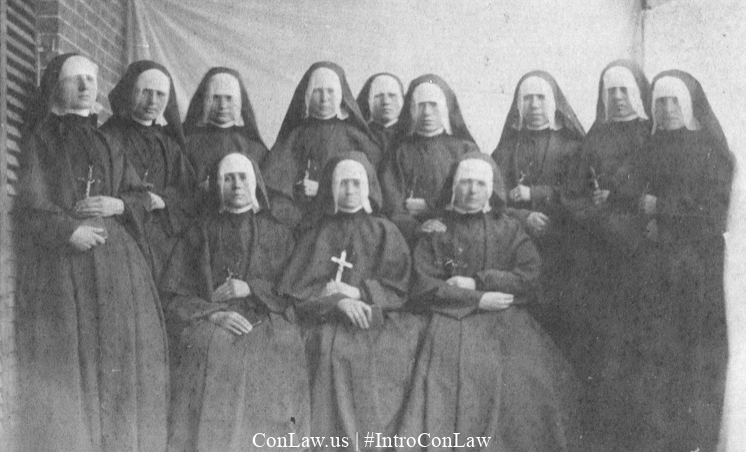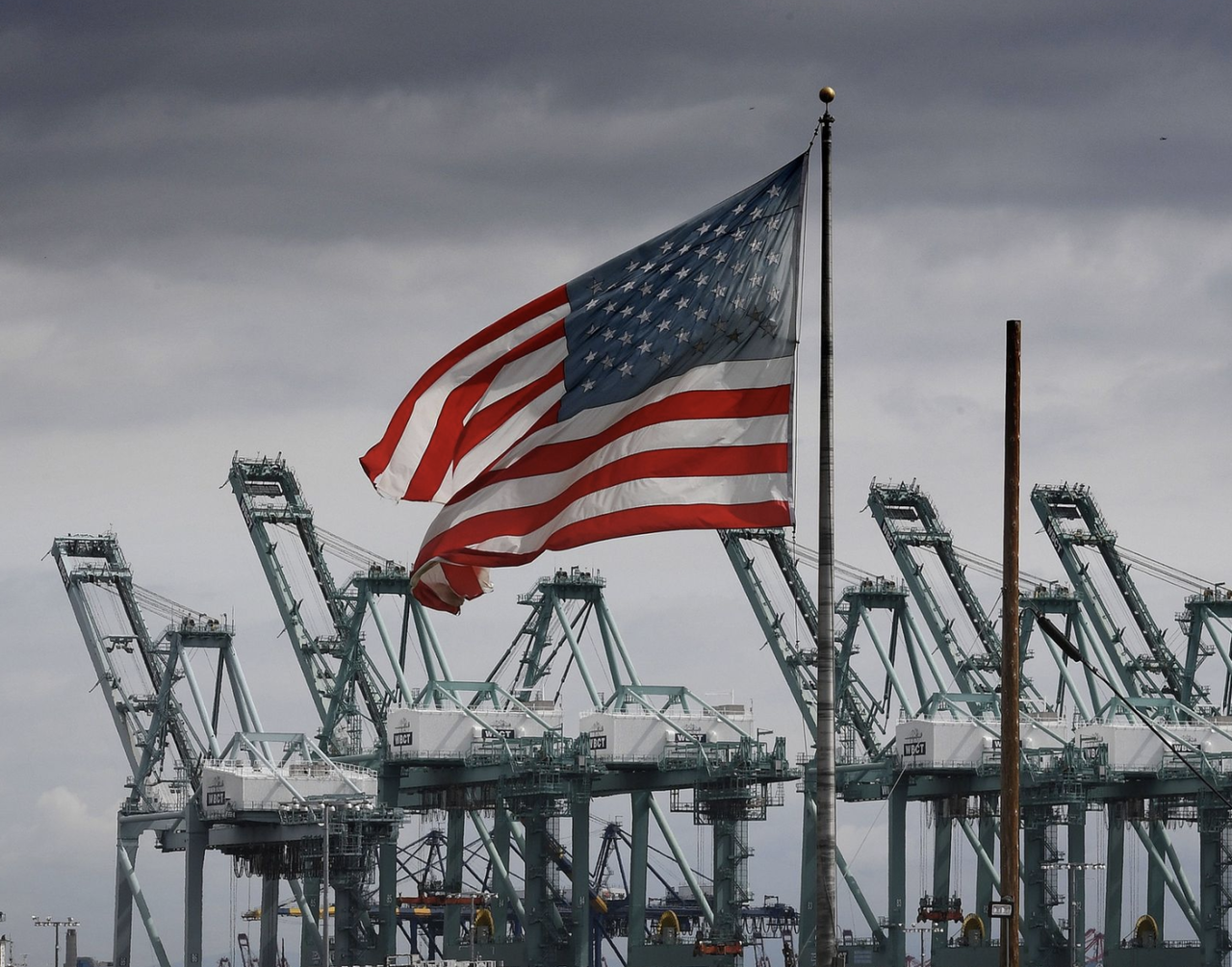I have a confession to make. It’s 2019, and I don’t know what television is anymore.
Oh, sure, I know what a television—the physical object, the thing you order from Amazon after checking it out at Best Buy—is. I am even reasonably comfortable with the notion of shows or series, those half-hour and one-hour productions that come in sequential, chapter-like installments, much like they did 30 or 40 years ago when a handful of broadcast networks ruled the airwaves and pay cable channels such as HBO and Cinemax were still niche services for well-off movie nuts and people too embarrassed to rent softcore porn at video stores. (Remember those?)
But television? As a concept? As a means of cultural connection, a system for mass entertainment? A way of organizing the world, or at least the weekday hours after dinner and before bedtime? I have no idea what that is. It’s too vague, too sprawling, too unwieldy, too individualized and demographic-specific. Yes, there are still broadcast stations, and if you stick an antenna on your window, you can still tune into them over the air. It’s like connecting to some ancient cellular network that only has four apps, all of which are basically the same. But when was the last time you watched something that way? Even street people and survivalists have 5G now.
These days, television—whatever it is—is on your phone, on your PlayStation, on YouTube, on your laptop, and even, sometimes, on your actual television, the big thing you bought from Amazon. TV is increasingly indistinct from the world of big-budget Hollywood feature films and also from big tech, which now makes shows, the things you watch, in order to sell phones, watches, diapers, plush toys, and lunch boxes. On occasion, TV even seems to be melding with video games and vice versa. You can consume as much of it as you want, from virtually any place you can imagine, on anything that has a screen. TV is everything now, and everywhere, an amorphous cultural and commercial blob backed by billions in tech and media spending. Its cultural dominance is unchecked by anything except your own time, and it is increasingly tailored to your unique interests and obsessions.
Yes, I’m talking about Netflix, the streaming video goliath that introduced us to binge-watching, and Stranger Things, and binge-watching Stranger Things. But I’m also talking about the elephant stampede of high-profile streaming video services set to launch in coming months—which include Apple TV+, Disney+, Peacock, HBO Max, and something called Quibi—as well as existing services, from the recognizable (Amazon Prime Video, Hulu) to under-the-radar offerings from the likes of Vudu, Crackle, Facebook Watch, and Vizio’s WatchFree. Television, to use a reference that somehow made the leap from the days of broadcast dominance to the social media present, has not just jumped the shark. It is the shark. It is chewing up everything in its path. And the streaming era has only just begun.
ALL YOUR FRIENDS
In the olden days, before the internet, before smartphones, when a television (the object) was something you had to buy at a store, it was easy enough to understand what TV was: three networks broadcasting shows—scripted dramas about police and lawyers, laugh-track comedies about dopey dads and housewife moms, deadly earnest news programming, and only slightly less earnest comedy talk—that felt more or less the same. Television producers pandered, not necessarily to the lowest common denominator but to the widest. Airtime was limited, so their goal was to produce material that would serve everyone, or as close as they could get. Television defined the American median. It was something we could all talk about together.
There was a comforting sense of homogeneity to the TV of this era. It didn’t ask too much of you, and it was always there when you needed it, a friendly and familiar presence. It wasn’t designed to be great; it was designed to be consistently fine.
The apotheosis of this style of television was the long-running, insanely popular 1990s sitcom Friends, a show that literalized the idea of what television was in its title. Friends was a show about a bunch of attractive and mildly glamorous but essentially ordinary white people hanging out and talking about their lives. It was a show you could watch and engage with but also one that you could just have on as background noise, with the characters’ idealized, fictional, not-too-difficult lives serving as the backdrop to your own. That was television’s reason for being: to keep ordinary people company in their own homes.
All of this was, one way or another, sanctioned by the government. The Federal Communications Commission (FCC), our national censor, kept tabs on broadcast content, deciding which words were acceptable and which weren’t and ensuring that your TV friends wouldn’t use foul language. The lines of acceptability shifted gradually over time, and politicians occasionally complained about the coarsening of the culture, which mostly meant griping about the plot of Murphy Brown or the presence of uncovered butt cheeks on NYPD Blue. Television was understood as a system for the transmission of common cultural values, and, as a result, it remained fairly tame.
Cable brought a new edge to the medium. Ad-supported networks like Comedy Central and A&E offered niche programming to self-selected audiences. HBO’s subscription service, freed from FCC paternalism, could show blood and bare breasts and let characters say any flippity-flappin’ words they wanted. But even as cable wormed its way into more and more homes in the 1980s and 1990s, it remained a lesser venue, a dumping ground for reruns and inexpensive programming, with high-quality originals few and far between.
And then, at the turn of the 21st century, that changed. The Shield, Nip/Tuck, The Sopranos, The Wire, Mad Men, Breaking Bad—even a remake of Battlestar Galactica—demonstrated not only that cable channels could compete with big broadcast networks on original programming but that they could produce elevated material that appealed to both critics and small but intensely devoted viewerships who weren’t well-served by existing shows. The new TV wasn’t designed to be fine for everyone. It was designed to be great for a targeted few.
Suddenly, everybody with a video camera and a distribution platform wanted in. Cable networks from The History Channel to TV Land to USA began devoting more resources to scripted original programming. It wasn’t too long before Netflix, a DVD-by-mail company that later launched a streaming service—think HBO in the ’80s, but on demand—joined the original content game too.
Unlike broadcast networks, which had to rely on imperfect audience surveys and Nielsen ratings, Netflix had direct access to viewership data, meaning it knew exactly what subscribers were watching, and when, and how often. The company had three major revelations.
The first was that television-style content, which on both cable and broadcast had always been delivered on a specific schedule, in a linear sequence over the space of weeks, could be divorced from time. Netflix not only allowed viewers to watch its shows whenever they wanted, it posted entire seasons online at once and then encouraged viewers to “binge-watch,” or consume the whole thing all in one go. Appointment TV, in which you regularly dated a show you liked, was no more; Netflix was TV as a series of intense one-night stands.
The second revelation was that TV could be portable. Netflix was an app, not a channel, which meant you could watch it on your computer, on your phone, in your car, and possibly even on your refrigerator. Netflix shows came to you, wherever you were. The service was platform agnostic.
Finally, Netflix realized that demand for new scripted content was practically infinite and began producing accordingly. In 2013, the year Netflix committed itself fully to originals, the total number of scripted series produced annually across all of Hollywood jumped by 17 percent.
In the 1980s and 1990s, fewer than 50 original scripted television series were produced each year. In 2008, there were more than 200. By 2018, the number was just shy of 500, and streaming networks were the biggest producers. Netflix, which will reportedly spend $15 billion on content this year, wasn’t competing with ABC and NBC and CBS. It wasn’t even really competing with HBO. It was competing with the entire rest of one’s life, with 24 hours of things to do that aren’t watching Netflix. CEO Reed Hastings said in 2017, “We actually compete with sleep.” Then he added, perhaps not entirely kidding, “And we’re winning!”
THROUGH A BLACK MIRROR
It was around this point that television began to lose its definition. After all, what was TV if not a thing that came into your home at a specific time, on a recurring schedule? What was television if not something you watched on a television? Netflix and its early competitors had broken the fundamental laws of the television universe.
The new television didn’t just mean more TV. It meant a different kind of TV. It meant shows that didn’t cater to the median viewer and that, in many cases, asked more from their audiences than casual background appreciation. That’s how Netflix ended up with shows as varied as BoJack Horseman, an animated dramedy about a talking horse dealing with depression, and The Crown, a big-budget costume drama about British monarchs, and The Dark Crystal: Age of Resistance, a 10-episode prequel to the 1982 Jim Henson cult fantasy film with an all-puppet cast. And it’s how the streamer ended up with Daybreak, a forthcoming series starring Matthew Broderick set in Glendale, California, about post-apocalyptic teen gangs that the company describes as “part samurai saga, part endearing coming-of-age story, and part Battle Royale.” It’s like Fortnite meets Ferris Bueller.
This is weird territory. The boom in scripted television has been a boon for concepts that are unusual, offbeat, and downright wacky. As Ted Sarandos, Netflix’s head of content, told New York magazine in 2018, “Nothing is too niche.”
Yet in its own way, Netflix is pursuing a median strategy—not with any one show, but with the totality of its programming. The idea isn’t to appeal to everyone all at once but to appeal to everyone in fragments and pieces, serving one narrow interest at a time. That’s why, in addition to investing heavily in scripted series, Netflix is backing feature films at nearly every budget level, from genre fare that has gone out of fashion at major studios (romantic comedies, teen sci-fi adventures) to big-budget Oscar hopefuls like Alfonso Cuarón’s Best Picture–nominated Roma and the forthcoming Martin Scorsese crime epic The Irishman, which stars Al Pacino, Robert De Niro, and Joe Pesci. The company put up $200 million for Red Notice, an action thriller featuring Dwayne Johnson, Gal Gadot, and Ryan Reynolds. Ten Netflix films are scheduled to debut theatrically before the end of the year.
Netflix is also experimenting with more-novel formats, as in Bandersnatch, a Black Mirror special designed as an interactive, choose-your-own-adventure story. It’s a video game disguised as a movie based on a television series owned by a tech company that makes more TV than any actual TV network. That’s what television is today.
WHY JEFF BEZOS IS SPENDING $250 MILLION ON LORD OF THE RINGS
Netflix isn’t the only one breaking rules and busting budgets. Amazon Prime Video has been churning out high-quality scripted shows for years, often splashing out huge sums for well-known properties and talent. The company lured Julia Roberts, once the biggest female movie star on the planet, onto the small screen for Homecoming, a half-hour drama based on a podcast about a military conspiracy. It spent $250 million for the rights to make a television series based on Lord of the Rings. Amazon gives the services away as part of a package deal with Amazon Prime, which entitles subscribers to free two-day shipping on many of the products the company sells.
Why is Amazon paying Julia Roberts to appear on television and making a Lord of the Rings show? Partly because Amazon CEO Jeff Bezos is the richest man in the world, which means he doesn’t need a reason. Partly because he’s a nerd. (Bezos, a known sci-fi fan, also had his company acquire the rights to the intrasolar space epic The Expanse after it was canceled on its original home, the cable network SyFy.)
But mostly because Amazon wants to sell you more dog food. Or toilet paper. Or Virginia Postrel books. Or batteries or bottles of passion fruit concentrate or actual televisions (after you demo them at Best Buy). It doesn’t matter, really. Amazon, which, like Netflix, has a mass of data on its users’ habits, has long known that Prime subscribers spend far more than nonsubscribers, so it is laying out $6 billion for video content this year to make that subscription more enticing. It’s just another perk, like flat-fee grocery delivery.
Amazon is also in the content business for the simple reason that it is a tech company with money. This similarly explains the existence of Facebook Watch, a service that, despite its relatively low profile, claimed 75 million daily viewers for such shows as Sorry for Your Loss, starring Elizabeth Olsen as a young widow, and Sacred Lies, about an ex-cult member. Facebook is in the spending-time-on-Facebook business, and TV shows give people a new way to spend time. Tinder, the popular dating app, recently announced Swipe Night, a four-episode, choose-your-own-adventure “series” that is part video game, part soap opera, designed to serve as a first-date activity. Why Netflix and chill when you can Tinder and hook up?
This also helps justify the existence of Apple TV+, a new service debuting in November with an array of heavyweight titles, including new shows from A-list creators Steven Spielberg and J.J. Abrams. The Morning Show, a glossy insider drama about a morning talk program, starring Jennifer Aniston, Reese Witherspoon, and Steve Carell, cost a reported $15 million per episode—the same as the final season of HBO’s fantasy epic Game of Thrones.
Apple has money, and it is trying to figure out its future in a world where everyone who wants an iPhone already has one. So it’s making television…about television.
At the September event where it announced the launch date of its new service, Apple also announced a major new foray into mobile video games, including Beyond a Steel Sky, a sequel to a cult favorite 1994 adventure game featuring design work by Watchmen artist Dave Gibbons. In some loose sense this is television too, a lavishly produced, partially scripted thing you watch on a screen, the goal of which is to capture your attention (and perhaps sell you another screen).
And then there is Disney. Like Apple, it has money. And like Netflix, it’s in the business of producing entertainment for both the small and the big screens. (As of this summer, four of 2019’s top five domestic box-office hits were Disney films.) But Disney also has theme parks, and plush toys, and T-shirts, and lunch boxes, all of which are adorned with its characters. And Disney’s movies, especially those set in the world of Marvel Comics characters (Iron Man, Captain America, and the rest of the Avengers), have increasingly taken the form of big-budget, big-screen shows—serialized, multi-character, episodic programming about friends who hang out, work together, and just happen to have superpowers. Disney’s new streaming service will feature several series based on those same heroes, with stories that connect to the larger cinematic plotline, joining TV and movies more closely than we’ve ever seen before.
MURDER HOUSE FLIP IS A REAL SHOW
Have you heard of Quibi? You will. Launching in April 2020, it’s the brainchild of former Disney executive Jeffrey Katzenberg, who raised more than $1 billion for a channel devoted to making short-form content designed to be watched on mobile devices. Among other projects, Quibi is planning a phone-sized remake of The Fugitive, starring Kiefer Sutherland, and a “true-crime home renovation series” called Murder House Flip.
Or maybe you won’t hear about it. No one knows which of these services will become the next Netflix and which will become the next Pets.com. Indeed, among the front-runners for failure is Netflix itself. Despite a massive customer base and associated revenues, the streaming giant burns enormous amounts of cash on its content and has recently missed subscriber growth targets. And it faces stiff competition from the new services being launched by Apple and Disney, both of which will initially cost less than a typical Netflix subscription.
The problem for Netflix is that creating and selling access to shows is its core business. If you don’t subscribe, it doesn’t make money.
For Amazon, Apple, Facebook, and to some extent Disney, TV shows are a secondary product. Sure, they’ll take your money every month. But Amazon only needs you to buy trash bags, and Apple only needs you to buy iPhones, and Disney just needs you (or your child) to love Star Wars and to buy lunch boxes and theme park tickets accordingly. Since you already love Star Wars, own an iPhone, and need trash bags, Disney, Apple, and Amazon are probably going to be OK.
A BILLION DOLLARS FOR BIG BANG THEORY?
This is the reality of the streaming era: There is a lot of television. And there is going to be a lot more of it—much, much more than anyone can ever watch. It will be weirder and less constrained by time or platform or format conventions than ever before.
The benefits for consumers are obvious: an endless supply of high-quality filmed entertainment, some of it truly great, much of it pretty good, none of it subject to federal prudishness. By displacing the broadcast networks as the primary outlet for scripted series, the streaming boom takes the FCC out of the content production process, reducing its power as a censor.
At least for now, these services are not expensive. Apple TV+ will cost $5 per month and be free for the first year if you purchase any Apple device. Disney’s opening price is $6.99 per month. Even following several rounds of price increases, Netflix’s standard plan is just $12.99 per month. HBO Max, which will bundle HBO originals with other content from Warner-Media, the company that owns the cable network, is expected to be the most expensive at $15–$17 per month. That’s comparable to the cost of adding HBO to a cable subscription, while delivering an even greater wealth of content.
Speaking of cable subscriptions, the streaming boom threatens to render them obsolete—sort of. In the ’90s and ’00s, politicians and regulators regularly pushed to require cable companies to offer their services a la carte—allowing customers to buy only the channels they want. This was thought to be family-friendly (you could block channels you deem inappropriate for kids) as well as a way to save money (no more larded-up cable packages). Unbundling was a political imperative.
Streaming services accomplished this without legislation or regulation. Netflix offers a kid-friendly variant and password protection for adult accounts. Cord cutters can skip the cable TV package and pick their favorite streaming options. Yet the coming glut of services means that an ambitious unbundler who wants access to everything could end up paying, in total, about the same amount he previously did for cable, especially once prices inevitably rise. And the underlying internet service itself is still provided by a cable or phone company.
So this is what television is now: a system designed to maximize entertainment optionality, to ensure that not only is there always something you could watch, but there’s always something you—specifically, individually, uniquely you—actually want to watch. Television, that old vehicle for the transmission of common culture, has become a tool for choosing and expressing what makes each one of us singular.
The quirks of the concepts, the variety of the delivery systems, the emphasis on serving ever-tinier niche audiences, and the sheer volume of material being produced might seem overwhelming. But all this is designed to produce a world in which there is something to appeal to every obscure interest, every microdemographic, every autonomous and idiosyncratic individual. The ultimate niche audience is just one person. We’re not quite there yet. But the streaming era moves us closer.
And yet neither is the common culture dead. In September, Netflix agreed to pay $500 million for the rights to that classic of network-era television, Seinfeld. The same week, WarnerMedia agreed to pay a reported $1 billion for The Big Bang Theory, one of the longest-running and most successful network shows of the last two decades, which will air exclusively on HBO Max. Just a few months prior, the company agreed to pay $425 million to take over the rights—from Netflix—to another classic show: Friends.
Whatever television is today, and whatever it eventually becomes, it’s still what television used to be, too.

from Latest – Reason.com https://ift.tt/32qSlPv
via IFTTT




